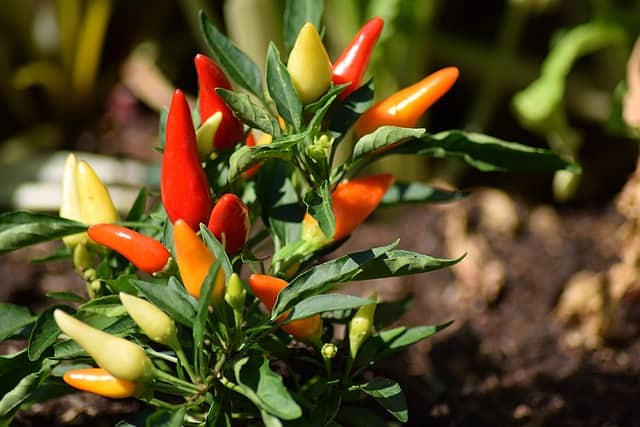Crop rotation is an agricultural practice that involves planting different crops in a specific order in the same plot of land. This practice helps to improve soil health, reduce pest and disease pressure, and optimize crop yields. In the realm of growing spices, crop rotation can play an important role in producing high-quality, flavorful spices while maintaining sustainable agriculture practices.
By alternating which spices are grown on the same land each year, certain benefits can be achieved which as we’ll see below, can assist spice growers and offer benefits to spice consumers as well.
Crop rotation improves soil health
One of the primary benefits of crop rotation is improved soil health. Different spices have different nutrient requirements, and planting them in a specific order can help to replenish the soil with the necessary nutrients for each crop.
For example, plants such as basil, cilantro, and dill are known to be heavy nitrogen feeders, which means that they can deplete the soil of nitrogen.
By alternating them with crops such as sage and rosemary, which require less nitrogen, the soil can be replenished and improved for the next round of heavy nitrogen-feeding crops.
Crop rotation can reduce pest and diseases
Certain pests and diseases are specific to certain crops, and by rotating the crops, you can help to break the pest and disease cycles, making it harder for them to establish and spread.
For example, if you plant basil in the same spot year after year, it becomes vulnerable to specific pests and diseases, but by rotating it with other crops, you can reduce the risk of those pests and diseases becoming a problem.
Caraway and coriander are suggested to not be planted more frequently once every four years on the same land for example, given the blossom blight and mould that can develop on coriander.
Crop rotation can increase spice yield
Another benefit of crop rotation is increased yields. Different spices have different growth patterns, and by rotating them, you can take advantage of these growth patterns to optimize your yields. For example, if you plant basil and oregano in the same spot year after year, the soil may become depleted of certain nutrients, and the yields will decrease over time. By rotating the crops, you can help to replenish the soil and increase your yields.
Some crops require nitrogen rich soil and many herbs are too, so by alternating between them you can take advantage of the nitrogen in the soil for both crops.
Final thoughts
Crop rotation is a valuable tool for growing high-quality, flavorful spices while maintaining sustainable agriculture practices. This method can be utilized when growing spices and herbs at home, too. By alternating different spices in a specific order, you can improve soil health, reduce pest and disease pressure, and optimize yields.
Whether you are a seasoned spice gardener or just starting out, incorporating crop rotation into your gardening practices can help you achieve the best results.
Even if you don’t grow your own spices and herbs, you now have a better understanding of how the ones you purchase are grown using the process of crop rotation.
You may also want to learn about companion planting which can also benefit a spice garden.

